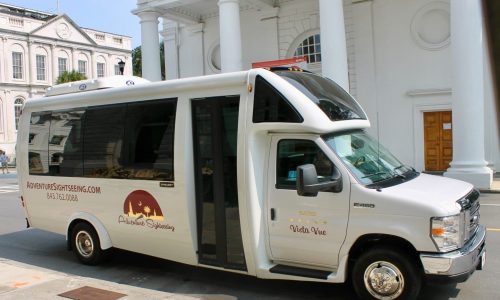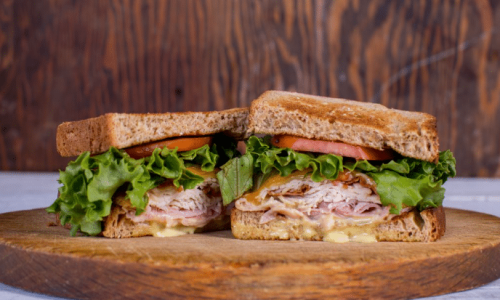The Old Slave Mart Museum, located at 6 Chalmers Street, tells the story of Charleston’s role in the domestic inter-state slave trade from 1856 to 1863.
History
The 1808 ban ended the country’s participation in the International Slave Trade which led to the creation of a domestic slave trading system. Charleston became one of the major enslaved collecting and selling centers.
Between the Drafting of the U.S. Constitution & the Civil War
In the seven decades between the drafting of the U.S. Constitution and the Civil War, more than one million American born slaves were to work the rapidly expanding cotton and sugar plantations in the lower South. In Charleston, enslaved African Americans were customarily sold in the open area north of the Old Exchange building at Broad and East Bay Streets. In 1856 a new City Ordinance prohibited the practice of public sales, which resulted in the opening of Ryan’s Auction Mart and a number of other sales rooms, yards or marts along State, Queen and Chalmers Streets.
Slave Auction
Possibly the only known building used as a slave auction site in South Carolina still in existence, the Old Slave Mart was once a part of a larger complex of buildings which consisted of a yard enclosed by a high brick wall, a four-story brick building known as a barracoon, a slave jail, a kitchen and a dead house.
Auctions of the enslaved ended in November 1863. The property changed hands many times and between 1878 and 1937 the building was used as a Negro tenement and as an auto repair shop.
Purchase of the Building
In 1938 Miriam B. Wilson purchased the building and established a museum featuring African and African American arts and crafts. Judith Wragg Chase and Louise Wragg Graves took over the Old Slave Mart Museum in 1964. It was placed on the National Register of Historic Places in 1973.
Recognizing the significant importance to the African American story, the City of Charleston acquired the property in 1988. The site opened again as a historic site and museum in 2007.















